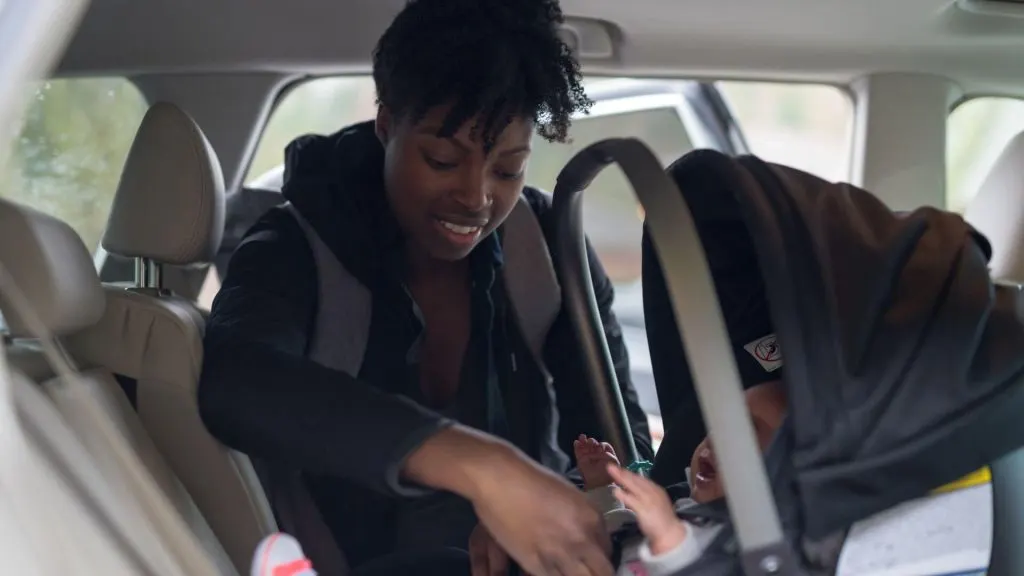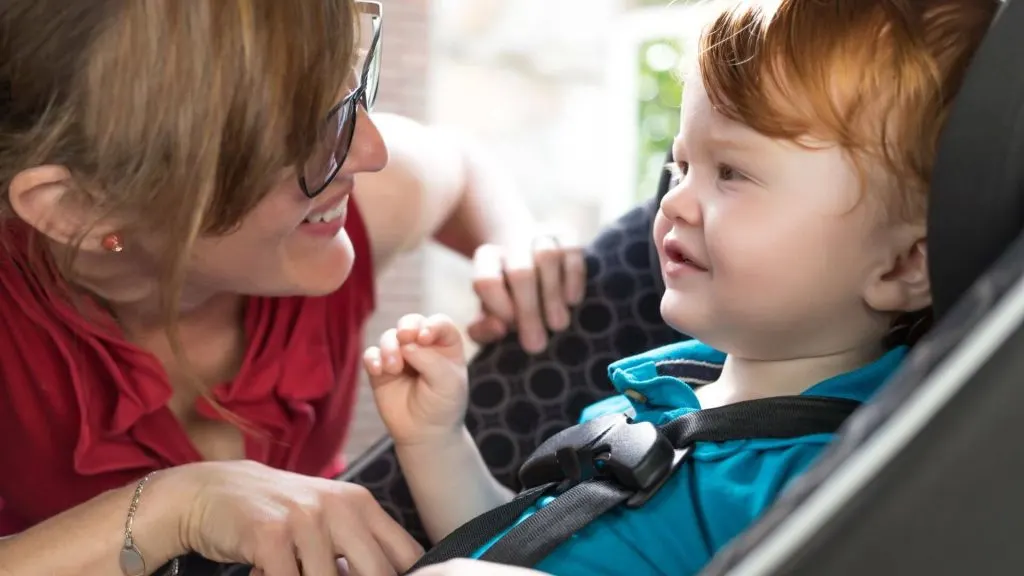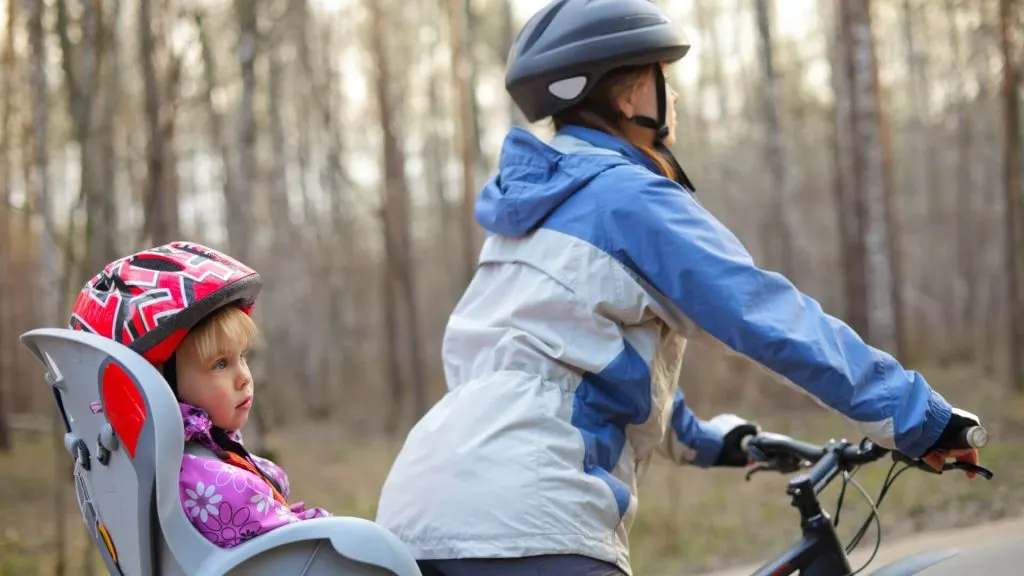The safety of our children is of utmost importance, especially when it comes to transporting them in vehicles or on bicycles. Ensuring they are securely fastened in the appropriate seat is critical to minimize the risk of injury in an accident.
In this post, we’ll discuss the key factors you must consider when choosing the right bike or car seat for your child and how to maximize safety during your journeys together.
Child Passenger Safety Tips

Age And Weight Requirements
First and foremost, consider your child’s age and weight when selecting a car or bike seat. Regarding bike vs. car safety, car seats are generally divided into three main categories: rear-facing, forward-facing, and booster seats.
Rear-facing seats are for infants up to two years of age, forward-facing seats are for children between two and five, and booster seats are for those who have outgrown forward-facing seats but are still too small to use the vehicle’s seat belt safely.
Similarly, bike seats have weight limits ranging from 20 to 70 pounds. Rear-mounted seats are for children up to 48 pounds, while front-mounted seats can accommodate those between 20 and 33 pounds. Trailer-style bike seats can hold heavier children, often up to 70 pounds.
Ease Of Installation
Whether you’re installing a car seat or a bike seat, a secure fit is crucial for your child’s safety. Look for seats with user-friendly installation instructions and clear, concise labels. Many car seats now come with LATCH (Lower Anchors and Tethers for Children) systems that simplify the process, while bike seats should have robust attachment mechanisms that securely lock onto the bike’s frame.

Harness And Straps
A properly adjusted harness and straps are vital to keeping your child secure in car and bike seats. For car seats, choose a five-point harness that goes over both shoulders, across the hips, and between the legs.
Ensure that the straps are snug and lie flat without twists. In bike seats, look for adjustable straps and secure buckles that keep your child in place without pinching or causing discomfort.
Comfort And Support
Your child’s comfort is essential during long rides. Opt for car seats with ample padding, adjustable headrests, and recline options for a cozy fit. Choose cushioned, ergonomic designs and footrests for bike seats to prevent your child’s legs from dangling uncomfortably.
Safety Certifications
Always check for safety certifications before purchasing a car or bike seat. In the United States, car seats must meet Federal Motor Vehicle Safety Standards (FMVSS), and bike seats should adhere to the Consumer Product Safety Commission (CPSC) guidelines.
Look for product labels or stickers indicating compliance with these standards.

Price And Value For Money
While the cost is an important factor, never compromise your child’s safety for a lower price. Instead, compare different models within your budget and weigh the pros and cons to find the best value for your money.
Bike Vs. Car Safety
It’s essential to acknowledge that traveling by car or bike presents different risks. In general, car accidents can be more severe, but riding a bike exposes your child to traffic and environmental hazards. Be extra cautious when cycling with your child, follow traffic rules, and invest in proper safety gear like helmets, lights, and reflective clothing.
Conclusion
Ensuring your child’s safety while traveling by car or bike is a significant responsibility. By considering factors like age and weight requirements, ease of installation, harness and strap systems, comfort and support, safety certifications, and value for money, you can confidently choose the right car or bike seat for your precious passenger. Remember, the safest seat is one that fits your child, vehicle, and needs, while being installed and used correctly every time.

Jessi is the creative mind behind The Coffee Mom, a popular blog that combines parenting advice, travel tips, and a love for all things Disney. As a trusted Disney influencer and passionate storyteller, Jessi’s authentic insights and relatable content resonate with readers worldwide.
